1>Light section imaging
The old technology of light-section imaging is enjoying its second spring, thanks to the great improvements in imaging equipment (including microscopes and cameras), fluorescent probes, and image analysis techniques. Light-section imaging utilizes a thin layer of light to illuminate the sample, rather than a point source or full-field illumination, enabling rapid, high-resolution 3D imaging of biological samples while reducing phototoxicity. Researchers in neurology and developmental biology are using light section imaging in many organisms to study fundamental biological processes, such as embryonic development and brain function
2.> Optogenetics
Irradiating light-sensitive proteins integrated in cells with light can non-invasively alter cell behavior. Optogenetics is particularly popular in the field of neurology, where researchers use it to activate or inhibit the activity of neurons for precise temporal and spatial control. Optogenetic tools can be used both in vitro and in vivo, helping to explore questions of neuronal function, neuronal excitability, synaptic transmission, and more. In addition, light-sensitive tools can also be used to dimerize proteins or activate transcription. The continuous improvement of existing light-sensitive proteins and the discovery of new light-sensitive proteins are constantly expanding the toolbox of optogenetics. In addition, the luminescence process is being refined, such as using two-photon excitation and patterned light stimulation.
3>Ultra High-Resolution Microscopy
For centuries, the “diffraction limit” of optical microscopy has been considered unsurpassable. Now people “break” this limit in different ways, collectively known as ultra-high-resolution microscopy or nano-microscopy. In the past decade, these techniques have been widely used in the field of biology. This means that researchers can now distinguish between tiny objects (organelles and even macromolecular complexes) within cells, which were previously indistinguishable fuzzy dots. Ultra-high-resolution microscopy continues to advance rapidly, especially the analysis of ultra-high-resolution data, which opens up new horizons for scientists studying molecules and cells.
4>Mass spectrometry-based proteomics
A decade ago, mass spectrometry-based proteomics was a relatively niche field unfamiliar to traditional cell biologists. However, the speed and performance of mass spectrometers has rapidly increased over the decade, along with tremendous advances in sample preparation, experimental design, and data analysis, and many issues of data reproducibility and comprehensiveness have been resolved. These developments have led to a thriving field in this field. In-depth quantitative profiling of the proteome in a specific cellular state, which used to take days to run an instrument, can now be accomplished in a few hours. Many researchers now use mass spectrometry to study protein function at the systems level, such as mapping protein post-translational modifications and protein interactions.
5>Structural Biology
With the continuous optimization of the structure determination process (from protein expression to crystallization), the use of X-ray crystallography to analyze the atomic structure of small soluble proteins has basically become routine. On this basis, researchers have solved many challenging protein structures, such as membrane proteins and large protein complexes, which are produced in small quantities and are difficult to crystallize. Sample preparation, crystallization, and data analysis for X-ray crystallography have greatly improved over the past decade. At the same time, other structural analysis techniques, such as nuclear magnetic resonance spectroscopy and single-particle cryo-electron microscopy, are developing rapidly. More emerging technologies such as X-ray free electron laser have emerged. These technological advances will help people solve a wide variety of molecular structures.
6>Cell reprogramming
iPS technology enables cells to regain pluripotency through reprogramming. The induced pluripotent stem cells (iPSCs) generated by this technique can be expanded, and they can theoretically generate any type of cells for studying diseases and screening drugs. Many laboratories are now able to generate human cells with specific genetic backgrounds from iPS, although better methods of inducing iPSC differentiation are still being explored. The iPS technology boom has also brought attention back to direct reprogramming, which can directly convert one terminally differentiated cell into another through exogenous transcription factors.
7>Synthetic biology
Designing microbial metabolic pathways to produce drugs and biofuels, building synthetic organisms, and imparting new functions to mammalian cells are all goals of synthetic biology. All the above works have achieved promising progress due to improvements in experimental and computational methods. In terms of gene synthesis and assembly, bacterial genomes and yeast chromosomes have been successfully synthesized. Identifying regulatory elements that control transcription and translation can help in better circuit design. Researchers are also developing predictive models that will lay the foundation for the success of synthetic biology over the next decade.
8>Next Generation Sequencing
The emergence of next-generation sequencing or massively parallel sequencing has affected almost every corner of the field of biology. This technology allows scientists to sequence genomes, assess genetic variation, quantify gene expression, study epigenetic regulation, explore microscopic life, and easily scale up various analyses and screenings. Technological innovation has made the quantity and quality of sequencing data continue to rise, and the construction of sequencing libraries has also continued to improve. It is now possible to detect restricted materials or degraded samples, flexibly target parts of the sequence space, label a wide variety of molecules in cells, and capture molecular interactions and genome structure. In addition, computational tools have also contributed to the interpretation of the massive data of next-generation sequencing, revealing the basic information of sequence variation, regulation and evolution.
9> genome engineering
Genome engineering can make customized changes in cells cultured in vitro, model and non-model organisms, and this type of technology brings great convenience to related research. With the help of these tools, researchers can knock out genes, introduce mutations, or create fusion genes. For example, enzymes are used to cleave specific genomic sequences, initiating cellular repair processes and thereby making desired sequence changes. Mega nucleases, zinc finger enzymes, and TALENs target sequences of interest through their respective DNA-binding domains. Recently, the CRISPR-Cas9 system has become the new darling of this field. The system, which uses RNA for nuclease navigation, is not only easy to design, but also capable of rewriting almost any genome sequence.
10> Single molecule technology
Studying the behavior of individual molecules, such as proteins or DNA, can reveal important biological mechanisms beyond the reach of average molecular studies. In the past decade, some single-molecule technologies have gradually matured. For example, force spectroscopy can detect binding, folding or mechanical behavior of molecules, while fluorescence microscopy can track single molecules in vitro and in vivo. Emerging single-molecule technologies also include nanopore technology that can sequence single molecules, and optical and plasmonic devices that can detect single molecules without labels. The advent of these tools has enabled the exploration of single-molecule functions at unprecedented depths.





